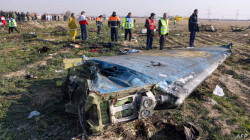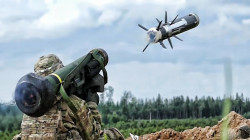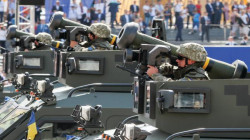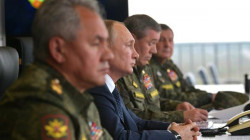Will Ukraine’s offensive model Desert Storm or the Battle of the Bulge?
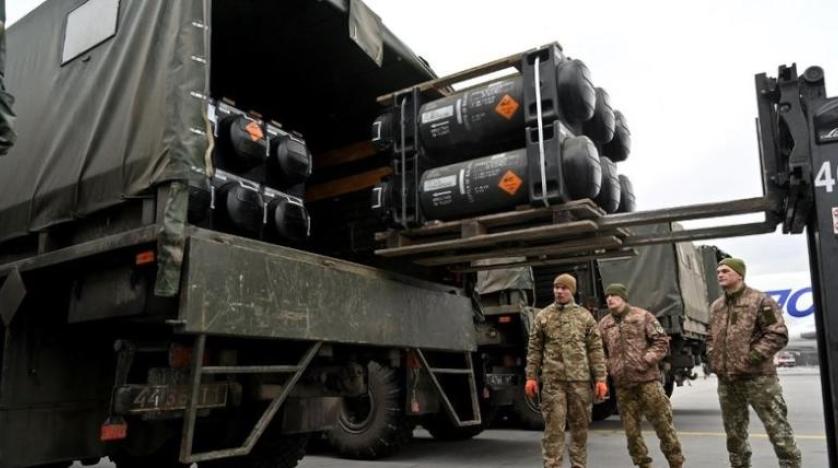
Shafaq News/ The long-awaited Ukrainian counteroffensive may finally be getting underway soon. While past wars are not predictive of how this one ends, a review can be helpful in bounding possible outcomes.
Supporters hope that Ukraine’s offensive could repeat the Desert Storm operation in which the U.S.-led coalition obliterated Saddam Hussein’s army in 100 hours, expelling it from Kuwait in 1991. This scenario assumes that the Russian army would prove as incompetent as Iraq’s. That may or may not be the case.
Or, could this offensive become a modern-day Battle of the Bulge? In December 1944, a desperate German army launched a counterattack against the oncoming Allied armies in Belgium. The Allies, surprised and unprepared, were driven back 80 miles until the bad weather lifted. Then, Allied airpower was unleashed, blunting Germany’s offensive. Could the Russian military emulate the Allies and, despite initial setbacks, defeat Ukraine’s offensive?
In June 1950, with no warning, North Korean forces swarmed across the 38th parallel dividing the two Koreas. United Nations forces were driven back to the Pusan perimeter on the southeasternmost tip of the peninsula. In a brilliantly audacious operation, U.S. Marines and soldiers landed at Inchon, close to Seoul, cutting off the North Korean Army.
Trapped, the North Korean Army fled north. U.N. forces, commanded by U.S. Army General Douglas MacArthur, raced in pursuit. By late November, MacArthur’s forces were approaching the Yalu River and the border with Communist China. MacArthur, convinced China would not intervene, continued the advance, dismissing three Chinese probing attacks as warnings. On Thanksgiving Day, hundreds of thousands of PLA soldiers crossed the frozen Yalu River.
U.N. forces, stunned and overcome, retreated. As the U.S. Marines acknowledged, this was a battle to advance to the rear, not a retreat. The war eventually stalemated around the 38th parallel.
The analogy is this. If Ukraine’s army broke through and headed for the border with Russia, how might Vladimir Putin react? Since Russia reportedly may be running out of trained soldiers, would nuclear weapons be threatened again or used? Or would the war be escalated in other ways possibly with a counterattack from Belarus and the West?
The 1973 Arab-Israeli War offers another perspective. Egyptian President Anwar Sadat planned the offensive, called Operation Badr, in conjunction with other Arab states. His aim was to reclaim the Sinai east of the Suez Canal that Israel had occupied after the 1967 war. But Sadat knew, as he explained to me in great detail in 1976, that Egypt and its allies could never win an extended war with Israel.
Using surprise, Egyptian forces crossed Suez against modest resistance. But, once having crossed the canal, the army had no orders as to further objectives. Israel regrouped and the battle turned against Egypt with one of its armies surrounded in the southern Sinai. While Syrian and Iraqi forces briefly threatened the Golan in Israel’s north, they too were repulsed.
The U.S. responded with Henry Kissinger’s “shuttle diplomacy.” The War of Attrition, as it was called in Israel, having started on Judaism’s most sacred holiday, Yom Kippur, ended. In exchange for a peace treaty with Israel, Egypt recovered its captured territories. Sadat won by losing.
Could Ukraine have a similar objective? Through negotiations, can Ukraine accomplish “winning” the war?
As Prussian General Carl von Clausewitz observed, “fog, friction and chance” are critical as to who “wins” or who “loses.” From Ukraine’s side, success or failure will rest first on what its political objectives are. Ejecting all Russian forces from Ukraine seems like a bridge too far. The Dnieper River running north to south basically defines the front. That front is about 260 miles from the western Russian border.
The distance from Normandy in France to Berlin by road is about 750 miles. With complete air superiority and a powerful Soviet army advancing from the east, it still took the allies about 11 months, from June 6th, 1944 and D-Day, until May 8th, 1945, when the Third Reich surrendered, to march from Normandy to the outskirts of Berlin. Assuming a similar rate of advance, it might take three or four months for the Ukrainian army to reach the Russian border if it could.
One outcome of this offensive, as former Secretary of Defense Donald Rumsfeld predicted about the second Iraq War, is that it will be a “long, hard slog.” No one knows how or when this will end. After all, Russia has a vote.
How prepared is the West for these and other possible contingencies? Perhaps President Joe Biden might provide some answers.
(Harlan Ullman, The Hill)
